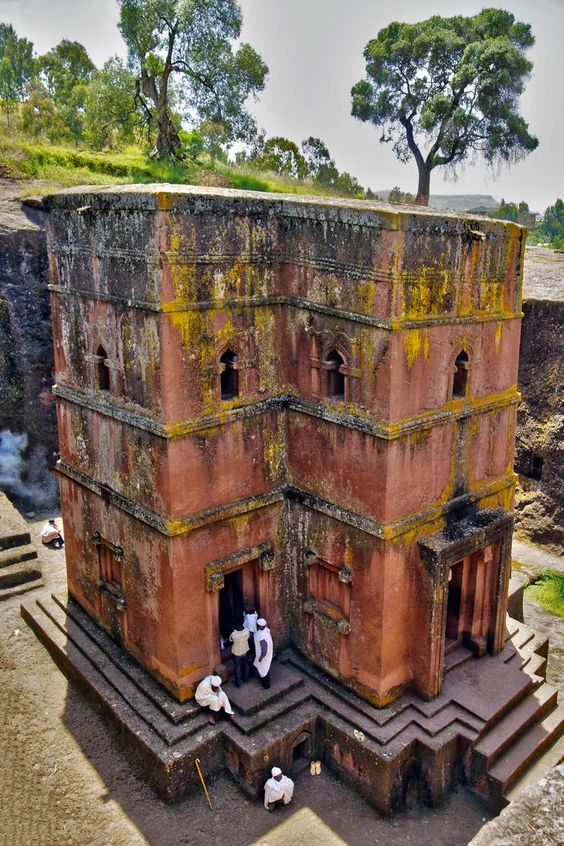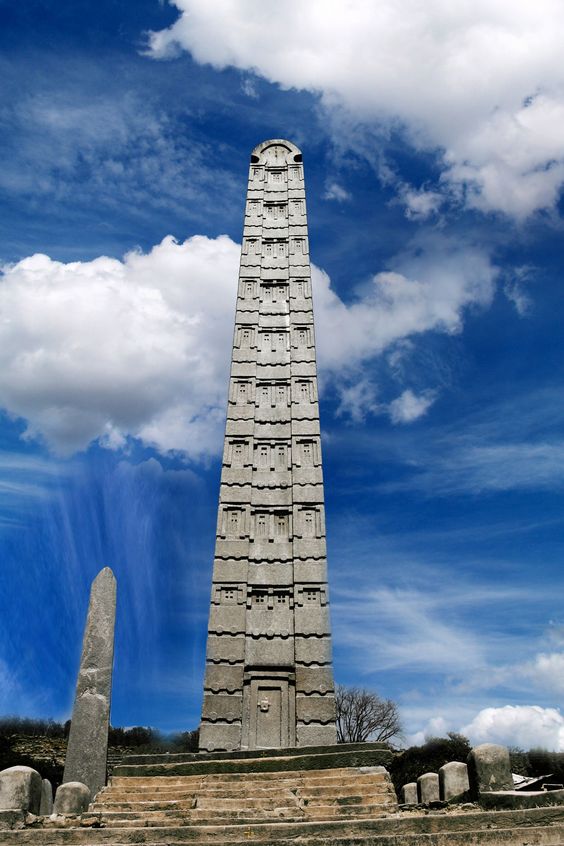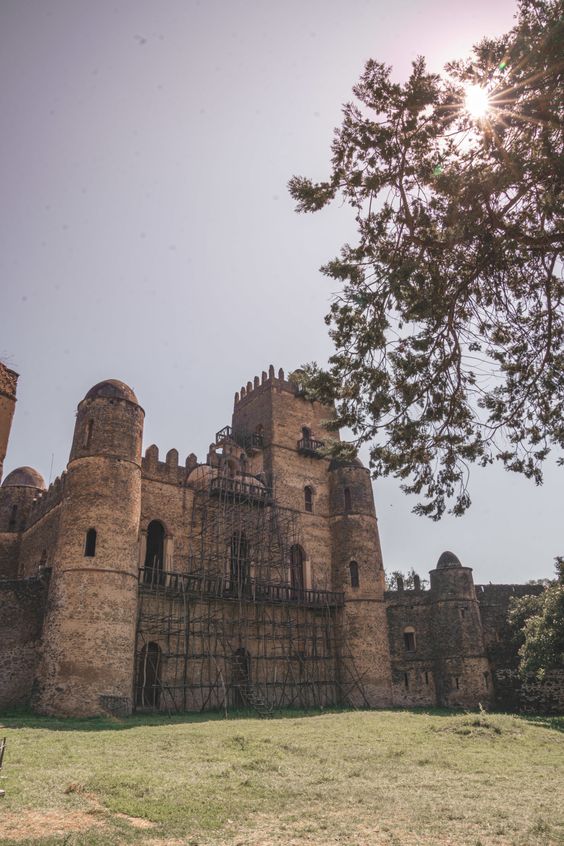About Ethiopia
About Ethiopia
- Official Name: Federal Democratic Republic of Ethiopia
- Head of state: President Sahlework Zewdie since October 2018.
- Head of government: Prime Minister Dr. Abiy Ahmed since April 2018
- Capital City : Addis Ababa
- Location: Ethiopia is located in the Eastern part of Africa known as the ‘Horn of Africa’. It is bordered by Djibouti and Somalia to the east, Eritrea to the north, Sudan to the west, and Kenya to the south.





- Geographic coordinates: Ethiopia extends from 3o – 15o east of the equator, and 33o– 48o east of the Greenwich Meridian.
- Area : -1.14 million Sq.km.
- Demography
- Total population : about 110 million
- Population growth rate : 2.73% /year
- Population Density : 72.5 per Km2
- Life expectancy
- Male : 58 years
- Female : 60 years
- Languages: Four major language families which altogether constitute about 80 languages
- Official Language : Amharic
- English is also widely spoken in business transactions, particularly in banking and insurance firms. It is also the -medium of instruction in secondary and higher education institutions.
- Predominant Religions : Christianity and Islam
- Form of State: Federal, comprising the Federal Government, nine Regional States and two chartered cities
- National Legislation: Bicameral parliament; the house of peoples’ representative and House of federation
- Election : Every five years.
- Altitude: It ranges from 116 meters below sea level at the Dallol Depression, in the east, to 4620 meters above sea level on the Ras Dashen in the north.
- Climate: Temperate in the highland and hot in the lowland. Temperature ranges from 5oC to 55o Rainfall ranges from 200mm to 2000mm per year.
- Time Zone : GMT+3
- Rainy seasons: Ethiopia receives big rains in June, July, and August; and small rains in February and March.
- Currency :
- Currency unit : Birr
- 1birr= 100cents
- Currency notes : 1, 5, 10, 50, and 100Birr.
- Copper coins : 1,5,10,25, and 50 cents
- Foreign currency can be exchanged at the Airport on arrival, at banks, or licensed hotels
History
Ethiopia’s colorful and fascinating history may be said to be about 4.4 million years old- the age of ‘Homo Ramidus Afarensis’, the world’s oldest known upright walking hominid.
Ethiopia is known to have had one of the longest ruling dynasties of the world: the Axum Empire that started in 3rd century BC lasted till 1974. The first king of the Axum dynasty is said to be Cush, the grandson of Noah, or Menelik I, the son of Queen Sheba and King Solomon and the last emperor was Haile Selassie whose rule ended in 1974.
Christianity came to Axum through the Saint Frumentius during King Ezana’s reign in the 4th century AD. The Axums managed to remain good Christians even after the rise of Islam and the waves of Islamic armies that emerged from Mecca in the 7th century.
Geography:
Ethiopia is situated in east Africa, in the area known as ‘The Horn of Africa’. It is bordered by Eritrea, Sudan, South Sudan, Kenya, Somalia, the self-proclaimed separatist territory of Somaliland, and Djibouti. Encompassing an area of 1,104,300 sq. km (426,372 sq. miles), it is roughly twice the size of France and is completely landlocked.
The central area is a vast highland region of volcanic rock forming a watered, temperate zone surrounded by hot, arid, inhospitable desert. The Great Rift Valley (which starts in Palestine, runs down the Red Sea and diagonally southwest through Ethiopia, Kenya and Malawi) slices through the central mountain ranges. The escarpments on either side of the country are steepest in the north where the terrain is very rugged.
Within the country there is a huge diversity in altitude. The highest point is at Ras Dashen in the Simien Mountains, which at 4,543m (14,905 ft) is Africa’s 10th tallest mountain. The lowest point is inside the Danakil Depression which reaches 125m (410ft) below sea level. To the south, the landscape is generally flatter and much of the east and southeast is taken over by semi-arid scrubland. Although mass- deforestation has been a problem since the Middle Ages, the lowlands are still noted for their verdant evergreen forests. Ethiopia is home to four major river systems, the most important being the Blue Nile which begins at Lake Tana.
Economy:
The Ethiopian economy is dominated by the agriculture and services sectors-with each accounting for about 45 percent of gross domestic product (GDP), leaving only about 10 percent for industry, of which manufacturing accounts for about 6–7 percent. Exports are highly concentrated, with coffee alone accounting for more than 60 percent of the total. Moreover, Ethiopia could hardly be located in the international market for manufacturing exports, having an industrial export share much less than the already minuscule median for Africa. The limited change in the structure of the economy, especially with regard to manufacturing, is partly explained by the low levels of investment flows and the sluggish growth of the private sector, which was too little to affect its historically low share in labor-intensive manufactures.
Martin Buber
All journeys have secret destinations of which the traveler is unaware.
Ethiopian Calendar:
While much of the world marks the passing of days according to the Gregorian calendar, Ethiopia has its own calendar, which is also known as the Ge’ez Calendar. Based upon the ancient Coptic Calendar, the Ethiopian Calendar is seven to eight years behind the Gregorian calendar, owing to alternate calculations in determining the date of the annunciation of the birth of Jesus.
The Ethiopian Calendar has 12 months of 30 days each, plus five or six additional days (sometimes known as the 13th month), which are added at the end of the year to match the calendar to the solar cycle.
